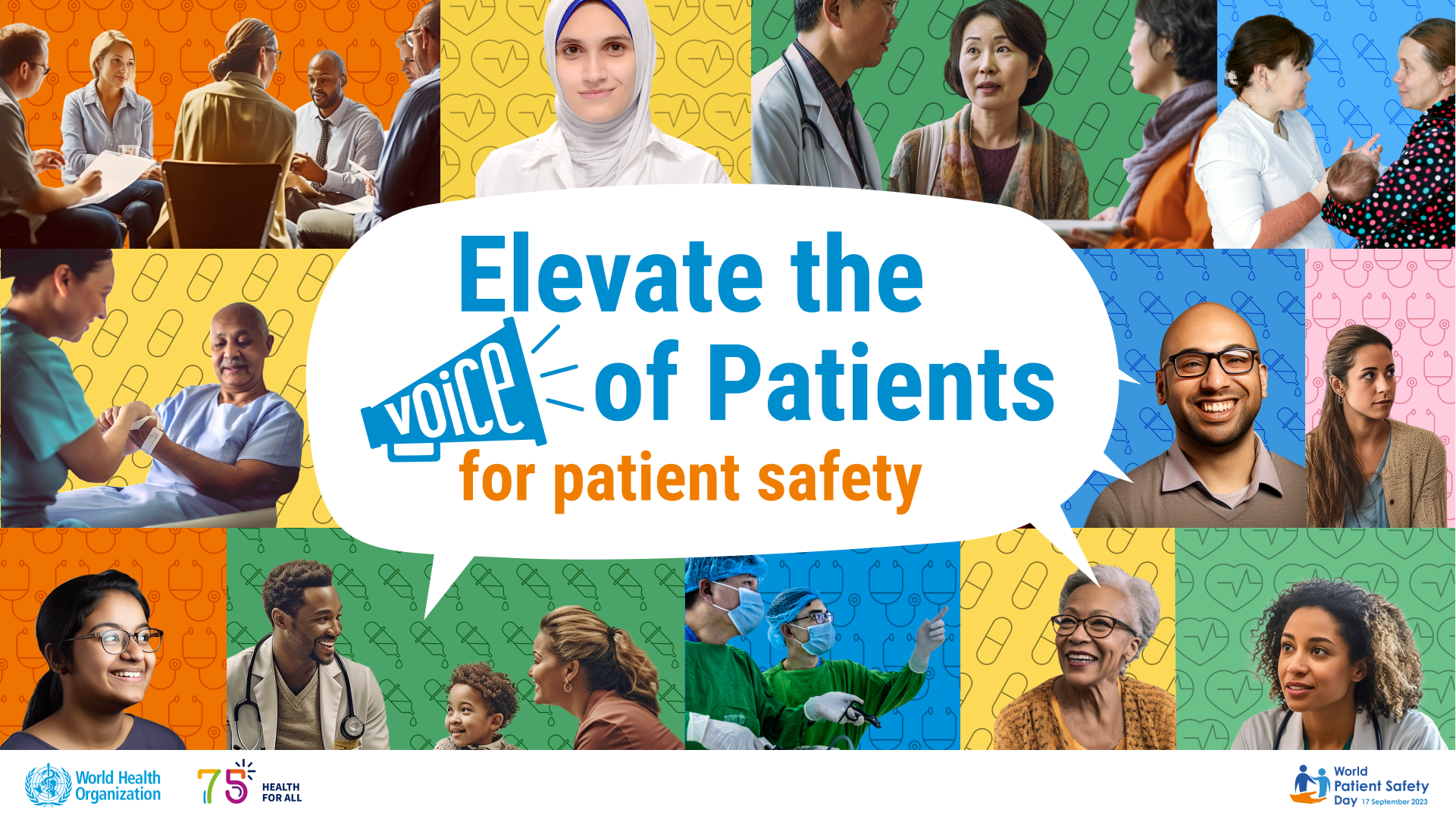World Patient Safety Day 2023 is a significant occasion for healthcare professionals, including pharmacy professionals, to come together and reiterate our commitment to patient safety. This year’s theme, “Engaging Patients for Patient Safety,” speaks to an opportunity for the pharmacy profession to explore patient engagement strategies that improve pharmacy practice, reduce the chances of harm, and empower patients with knowledge, skills, and resources to protect and enhance their health.
Pharmacists have always been trusted sources of information regarding medications. In recent years, their role has expanded beyond dispensing prescriptions. Today, pharmacists are key members of healthcare teams that provide patient-centred care through medication therapy management. Pharmacists also have the distinction of being among the most accessible healthcare providers in Canada. Combined expertise and accessibility ensure that pharmacy professionals are well-positioned to take up the World Health Organization’s (WHO) call to “elevate the voice of patients!”
Explore how patient engagement strategies can improve care, empower patients, and transform the landscape of safety in pharmacy practice.
3 Resources to Empower Patients During Patient Counselling
A recent analysis of harmful incidents in Manitoba community pharmacies highlighted a lack of patient engagement as a contributing factor to harm. A national analysis of medication incident reports by ISMP Canada also identified patient engagement as a key strategy for preventing medication incidents and patient harm. Patient counselling is an ideal opportunity for continuous quality improvement. Enhance your pharmacy’s approach to counseling by encouraging active engagement that supports person-centred care.
Sound policy, structure, and staff training are key elements to improving patient counselling. Incorporate as appropriate the following approaches into your pharmacy’s patient counselling practices:
One: The Canadian Pharmacists Association (CPhA) Connect and CARE Model for Patient Engagement
The CPhA Connect and CARE model recognizes that asking closed-ended questions like “any questions?” or “Had this before?” make patients less likely to raise concerns compared to when they are asked open-ended questions or no questions at all. The word “any” is often associated with “none,” subconsciously signaling to patients that the conversation is over, rather than inviting them to share their thoughts.
The Connect and CARE model encourages pharmacists to use the Invite, Listen, and Summarize (ILS) technique with patients to overcome this communication barrier. ILS allows pharmacists to gather general information about patients’ experiences and opens the door for meaningful conversations. You can use ILS at the beginning of interactions and multiple times to explore topics with patients and support persons.
Two: The Teach-Back Method for Patient Counseling
You can use the teach-back technique to improve patient health literacy, encourage dialogue, and confirm a patient or caregiver’s understanding of their medications before they leave the pharmacy. As patient education is one of the key roles of a pharmacist, communication that relays clear, concise, and understood information is essential. The teach-back method encourages a patient or caregiver to repeat the information the pharmacist taught them in their own words. This method of counseling reveals any gaps in the patient or caregiver’s understanding and opens opportunities for additional education.
Three: 5 Questions to Ask About Your Medications and It’s Safe to Ask
Patients often experience fragmented care, putting them at risk of harm (especially during transitions of care). Patients are the one common thread that runs between all their points of contact within the healthcare system. It makes good sense to empower patients with the knowledge and resources they need to keep themselves safe throughout their journey.
ISMP Canada, the Canadian Patient Safety Institute (now Health Excellence Canada), Patients for Patient Safety Canada, the Canadian Pharmacists Association, and the Canadian Society for Hospital Pharmacists developed “5 Questions to Ask About Your Medications” as a patient resource to improve their communications with healthcare providers. Post this resource near patient pick up and drop off and provide print outs to patients who want them.
It’s Safe to Ask is a Manitoba made resource that encourages patients, caregivers, and families to ask for information they need to be active partners in their care. Encourage patients to use an It’s Safe to Ask medication list and learn more about the importance of keeping an up-to-date medication list.
Pharmacists are not only medication experts but also patient advocates and educators. By actively involving patients in their care, we can collectively strive for safer healthcare practices, improved medication management, and better health outcomes. Let’s embrace this year’s theme of “engaging patients for patient safety” and continue to empower our patients for a safer and healthier future.



